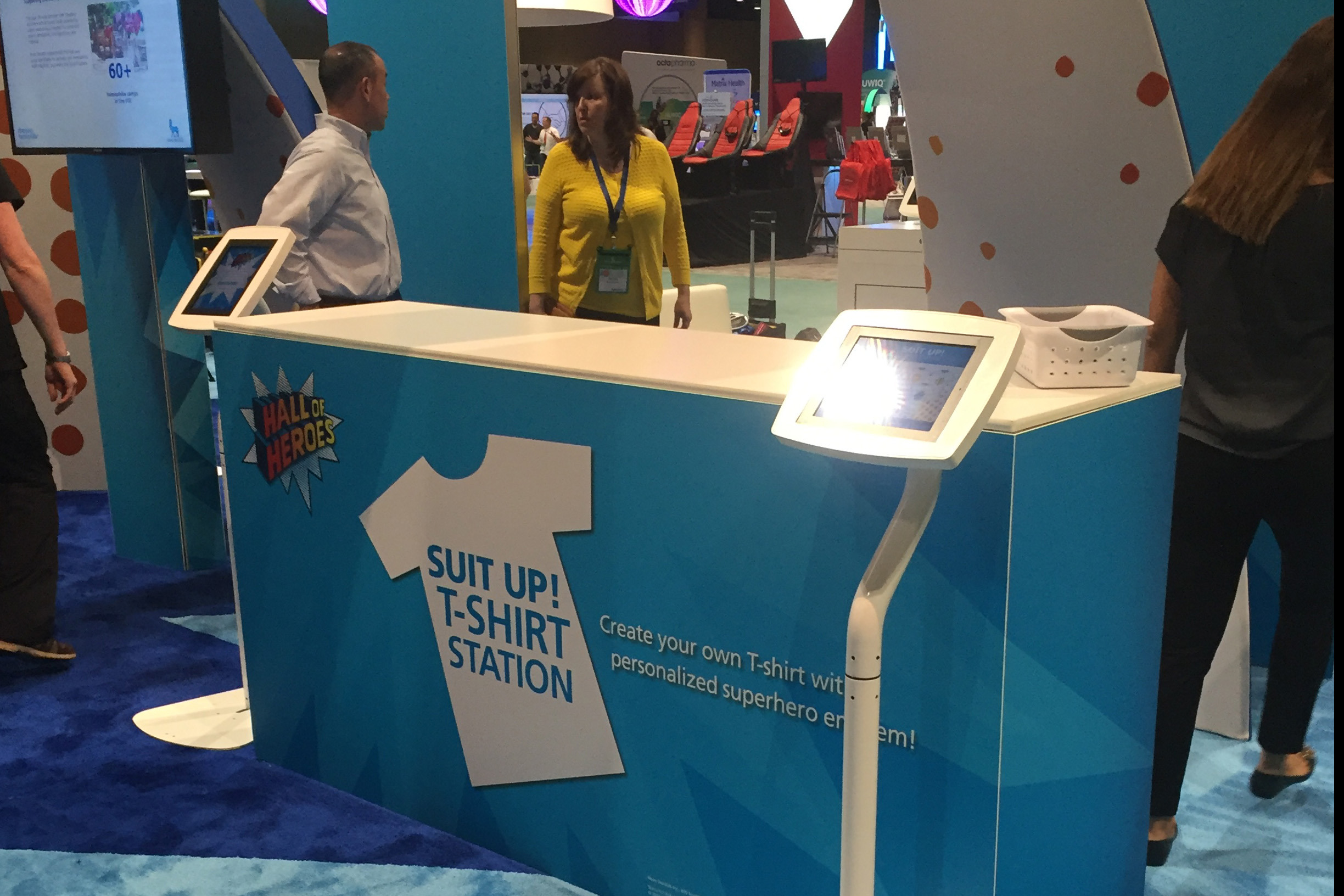
Every brand within the healthcare industry faces its own set of unique challenges. Even though the healthcare industry is highly saturated, health is a sensitive topic,...
Experiential and event marketing is absolutely booming —
91% of consumers are much more likely to purchase a brand’s products and services after participating in a brand activation or experience. - EventTrack 2021.
Experiential campaigns generate valuable insights for brands and leave lasting impressions on target audiences. The right key performance indicators (KPIs) and marketing metrics generate valuable insights for sales and marketing teams.
"Our data collected at each and every event, no matter the avenue, is incredibly valuable to our clients. The data reports on not only impressions or sales but also insight on how the consumer relates to the product or service we are promoting. Knowledge is power and the power of insight is immeasurable." said Christine Baker, VP of Client Relations at The Experiential Network.
Measuring success for your experiential marketing campaign is simply a matter of focusing on the right marketing KPIs to reflect the goals of your campaign and messaging strategy. Analyzing your experiential KPI values will determine the return on investment (ROI) and provide a clear game plan for moving forward.
Experiential marketing KPIs ultimately create impactful, meaningful, and emotional experiences. While some of these sentiments are tougher to measure than others, as marketers, we improve performance by focusing on the marketing metrics we can track and analyze.
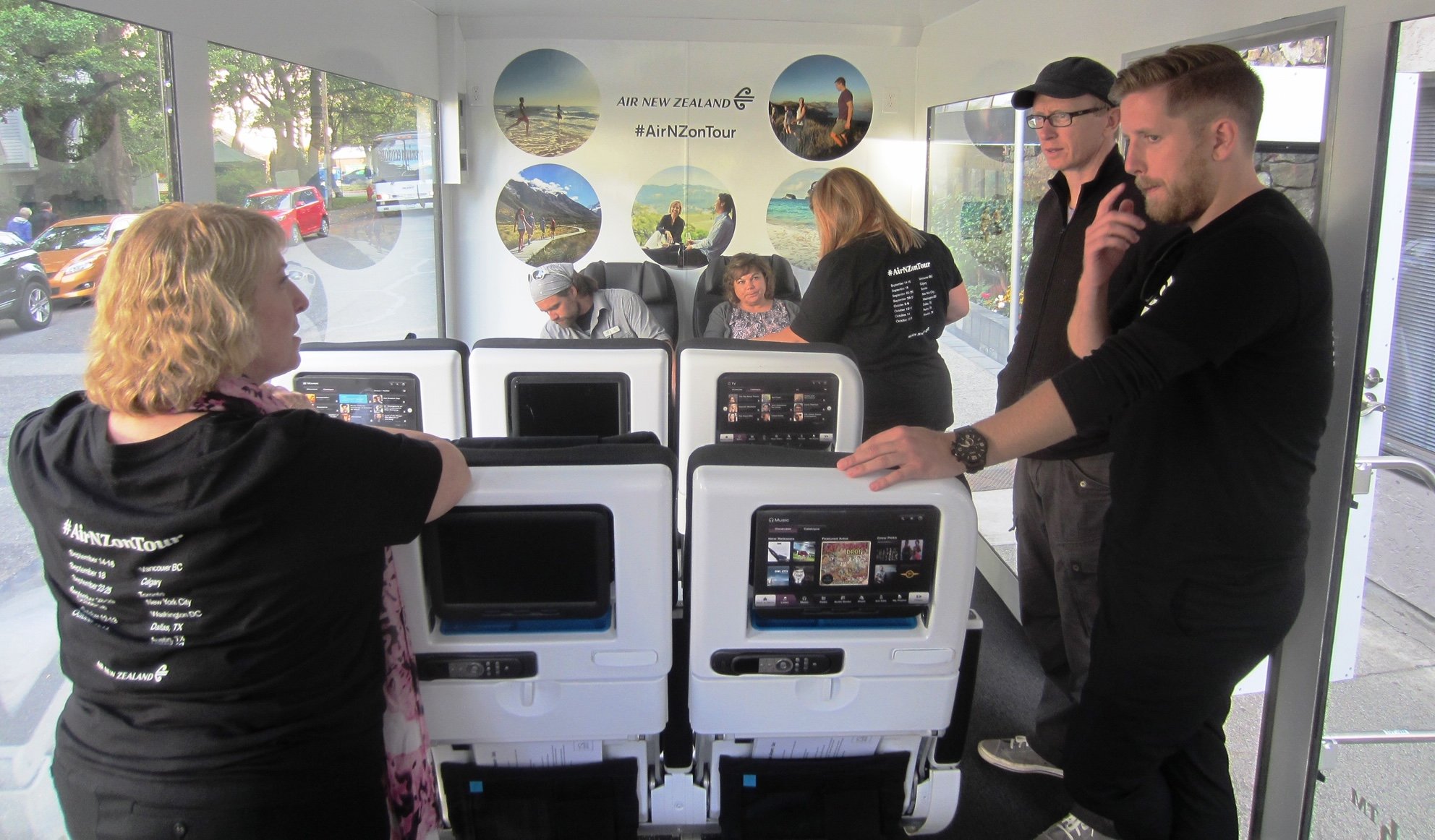
Known as impact marketing, engagement marketing, experiential marketing, event marketing, and influence marketing — all refer to marketing strategies focused on immersing customers in product experiences that engage and invigorate them in a rich, thematic, and meaningful way.
Emotional connections and relationships are essential to building success in today’s competitive market environment. Experiential marketing invigorates brands to create brand activation moments and touchpoints that deliver the benefits of experiential marketing:
Creating interactive moments for your customers is a powerful way to activate your brand and invigorate interest in your target audience. Measuring success using experiential marketing KPIs is essential for optimizing performance and building a sustainable and scalable enterprise.
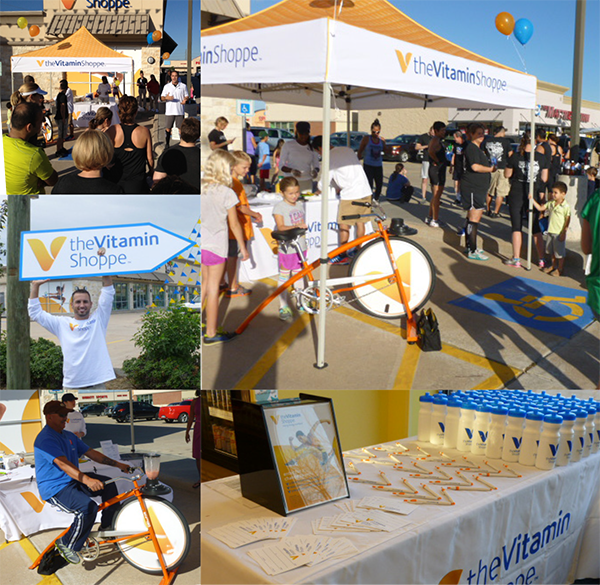
Marketing metrics help marketers define experiential marketing goals to increase brand awareness and engagement. Marketing KPIs play a vital role in helping brands measure their experiential ROI and understand how their investments translate into positive outcomes for generating new business.
Measuring the success of experiential campaigns is always a matter of tracking measurables and quantifying success. In this case, we will be counting different values of customer activities, and these key performance indicators help inform a better picture of the success of an event or experiential marketing campaign. Your brand's experiential marketing goals should be focused around generating unforgettable moments to activate your customers.
Before your event or brand activation, you will want to be sure you are doing everything you can to get the word out across all your customer touchpoints and communication channels. People cannot attend an event if they are not aware of it and interested in attending.
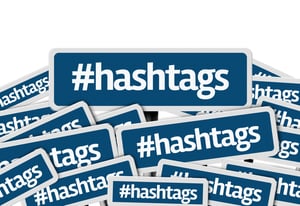 Hashtags — To track customer interest prior to the big day of your event, it can be very beneficial to measure how successfully you have been at getting people to use hashtags associated with the brand and the specific activity you have planned. Do not discount the amazing value of hashtags. There are benefits to studying how your competitors, customers, and general industry uses hashtags.
Hashtags — To track customer interest prior to the big day of your event, it can be very beneficial to measure how successfully you have been at getting people to use hashtags associated with the brand and the specific activity you have planned. Do not discount the amazing value of hashtags. There are benefits to studying how your competitors, customers, and general industry uses hashtags. 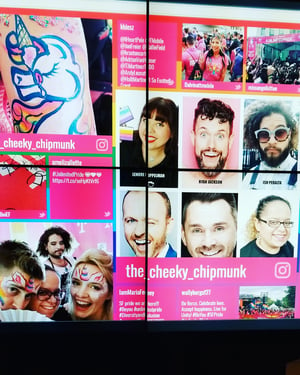
Event check-ins — It's important to know the absolute number of people who show up at an event where you are activating. This number relates to your ROI and what advertisement efforts went into promoting it.
You ideally want to know that people who attended enjoyed themselves, so it's important to design key marketing metrics and event marketing KPIs to try to capture that emotional connection.
Here are some of the top experiential marketing KPIs for conversions from our past clients:
For over two decades, The Experiential Network has helped brands navigate endless experiential marketing and event avenues. We can drive your brand forward with our strategic development, nationwide brand ambassador programs, speed to market, unique partner vendors, market-leading product sampling programs, and ability to think — and work — outside the box.

Every brand within the healthcare industry faces its own set of unique challenges. Even though the healthcare industry is highly saturated, health is a sensitive topic,...

The world of experiential marketing is on the rise. In fact, 67% of businessesboosted their budgets for experiential marketing this year. Through a variety of...